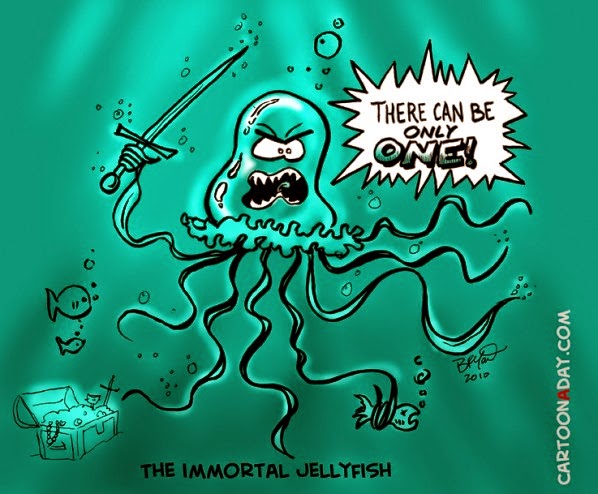Earliest Christian Belief About Jesus: What Evidence Do We Have?
In my last post I laid out a popular theory among some scholars for how the early Christians came to think of Jesus as divine. Let me review it briefly. According to this theory, the first followers of Jesus didn’t consider him to be divine, but only an inspired man. The earliest Christians were, after all, monotheistic Jews who didn’t go around divinizing people. But as the Christian movement spread into the Roman Empire, it encountered a very different ethos and was transformed by that ethos. In the Greco-Roman world, unlike in the Jewish world, the line between humanity and divinity was frequently crossed, not only by mythological heroes like Hercules, but also by flesh-and-blood human beings like the Roman Caesars. So it was only natural that formerly pagan Christians, competing for religious allegiance against a slew of Greco-Roman cults, would divinize Jesus. Therefore, the one who was once only an inspired human redeemer and teacher became the One who was regarded as divine. (Those who reject classical Christian faith criticize this move to deify Jesus as an unnecessary and inauthentic add-on. Real Christianity, they claim, affirms the specialness of the human Jesus, but not his deity.
The New Testament alone provides authentic historical information about the earliest Christians, yet this doesn’t come in systematic or exhaustive packages. Acts of the Apostles supplies some clues to the earliest Christian beliefs, but tells only a small part of the story of early Christianity. Acts was written maybe fifty years after the events themselves (though with the help of earlier written sources no longer available to us). The New Testament Gospels tell the story of Jesus’ earthly ministry, but provide scant evidence of what his first followers did and thought after Jesus disappeared from the scene. (The literary/historical discipline of form-criticism does provide some access to this evidence, but its results are often quite speculative.)
The Gospels of Matthew and Luke were written independently, each using Mark and a second hypothetical document called "Q" as a source. Q was conceived as the most likely explanation behind the common material (mostly sayings) found in the Gospel of Matthew and the Gospel of Luke but not in Mark.
Some scholars point to the document known as “Q” as a helpful source for earliest Christian beliefs. “Q” gets its name from the German word “Quelle” which means “source.” You’ll even find some scholars who write about several versions of “Q,” going back to the very earliest days of Christianity. In the first drafts of “Q,” which conveniently don’t include verses in “Q” that contradict the “human Jesus” theory, Jesus is an inspired teacher of wisdom, but not a divine figure. The problem with this theory is that it is basically fiction. There is no document “Q” in existence. It is a scholarly construct. Now, I happen to believe that the theory that Matthew and Luke had access to a document that consisted mainly of sayings of Jesus is a plausible one. But scholars who think they can peel back the editorial layers of this theoretical document, and in so doing get back to some authentic core of Christian belief, have more confidence in the scholarly inventions than I do. In truth, they’re making it all up on the basis of precious little actual evidence. So even if there was a “Q” document, discussion of layers of “Q” and the early “Q communities” provides a sandy foundation for an understanding of earliest Christian belief. (If you’re interested in the contents of “Q,” check this helpful list.)
If Acts of the Apostles, the New Testament Gospels, and even the elusive “Q” don’t give us too much information about earliest Christian belief, where can we turn? To the writings of the Apostle Paul. Though scholars debate the details, all serious scholars agree that Paul’s letters were penned within a fifteen-year period beginning in the late forties A.D. This means that the earliest Pauline letters were written only 15-20 years after the death of Jesus. Thus the letters themselves are primary evidence of what some of the earliest Christians believed. These people would include Paul, to be sure, and also his churches and his theological opponents.
Moreover, within Paul’s letters there are passages that, in all likelihood, capture Christian beliefs that are earlier than the late forties A.D. Just as a preacher today might quote a bit of a hymn or a song, Paul included such materials in his letters.






%2B-%2BCopy.jpg)







graylueblkoooo.jpg)


-MIX-MIX.jpg)
-MIX.jpg)
.jpg)
.jpg)

.JPG)
.jpg)
.jpg)







-MIX.jpg)
.jpg)
-MIX.jpg)
.jpg)
.jpg)



III.jpg)










.jpg)




.JPG)